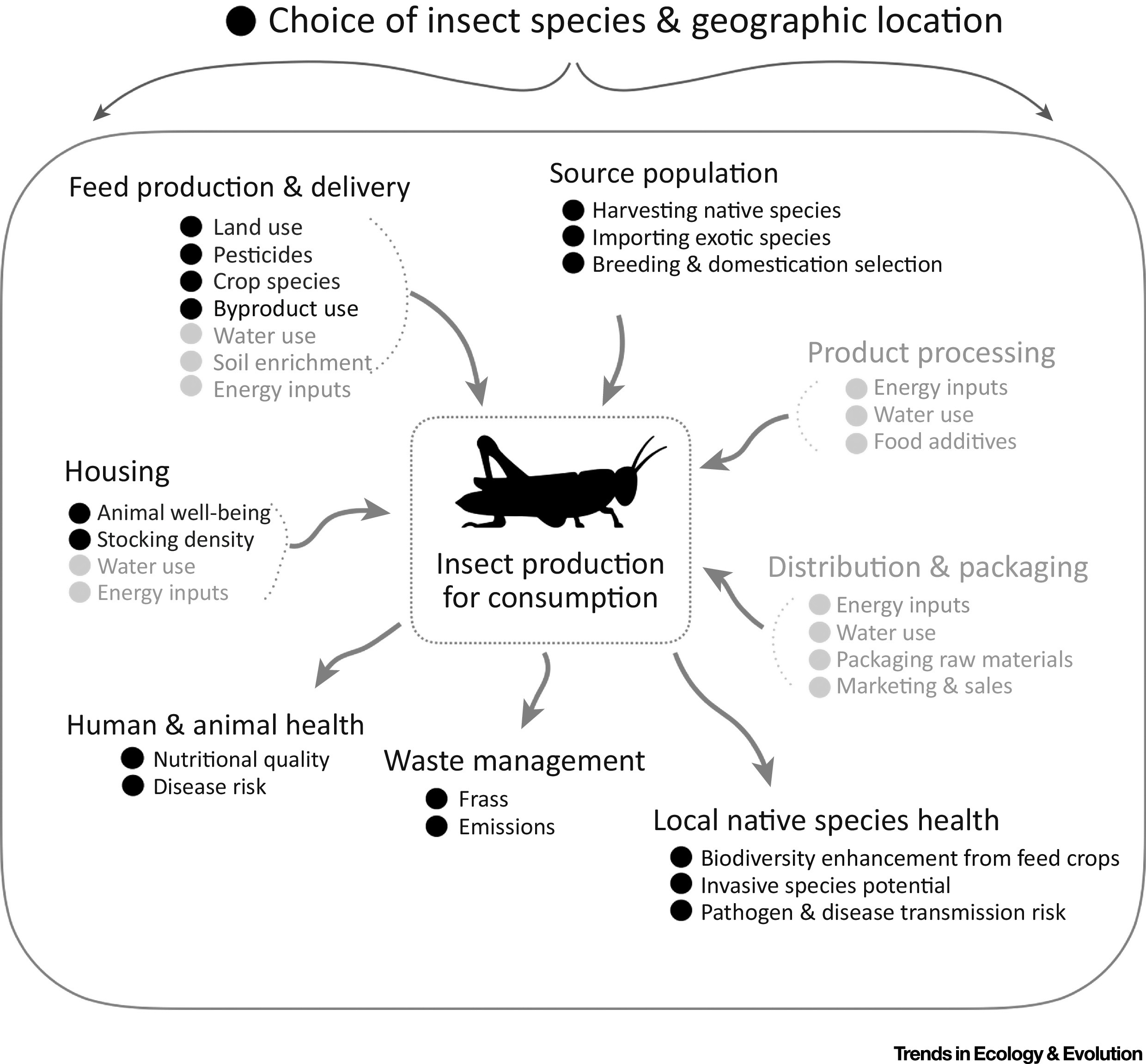The emerging insects-as-food industry is increasingly promoted as a sustainable alternative to other animal protein production systems. However, the exact nature of its environmental benefits are uncertain because of the overwhelming lack of knowledge concerning almost every aspect of production: from suitable species, their housing and feed requirements, and potential for accidental release.
Women's representation in science and medicine has slowly increased over the past few decades. However, this rise in numbers of women, or gender diversity, has not been matched by a rise in gender inclusion. Despite increasing representation, women still encounter bias and discrimination when compared with men in these fields across a variety of outcomes, including treatment at school and work, hiring, compensation, evaluation, and promotion.
To adequately address gendered issues of sexual harassment, wage gaps, and leadership inequities, medical institutions must interrogate medical education. Feminist theories can help to understand how power operates within our classrooms and at the bedside.


